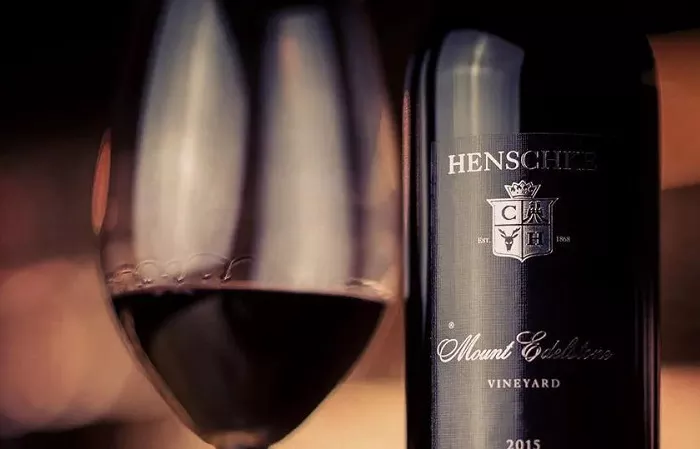The 2024 Bordeaux vintage has delivered exceptional results for white wines across the region, while red wines from Pessac-Léognan and Graves have sparked more nuanced reactions. In an en primeur assessment, two styles emerge as clear successes—dry and sweet white wines—while the region’s reds present a more complex picture.
Dry Whites Shine Beyond Traditional Boundaries
Bordeaux’s dry white wines in 2024 benefitted significantly from favorable growing conditions. Unlike their red counterparts, white grape varieties ripened ahead of September’s heavy rains. Cool nights during July and August preserved acidity and aromatic complexity, resulting in wines with notable freshness and clarity.
While the Graves and Pessac-Léognan remain traditional strongholds for dry whites, high-quality examples are now emerging from the Médoc and the Right Bank. Château d’Issan and Château Duhart-Milon produced noteworthy whites in the Médoc. In Sauternes, Château Suduiraut and Château Coutet stood out, while Château Cheval Blanc’s release of a white in Saint-Émilion and the Guinaudeau family’s Les Champs Libre in Fronsac demonstrated the increasing geographic diversity of white wine excellence.
Despite ongoing market challenges for dry whites in Bordeaux—even among local restaurants—these wines are increasingly being recognized for their quality and character.
Pessac-Léognan and Graves: White Wine Highlights
Among Pessac-Léognan’s dry whites, Château Haut-Brion Blanc ultimately distinguished itself. Initially reserved with sulfur-influenced aromas, the wine revealed richness and depth upon airing. Château La Mission Haut-Brion produced a more linear, mineral expression marked by elegant precision. Domaine de Chevalier Blanc, with its consistent harmony, depth, and complexity, emerged as a close competitor—especially considering its significantly lower price.
Other highlights include Château Smith Haut Lafitte Blanc, praised for its saline purity and focus, and Château Olivier Blanc, which reflects a marked improvement in winemaking. Domaine de Chevalier’s second label, L’Esprit de Chevalier Blanc, impressed with a near-grand-vin level of balance. Château Chantegrive’s Cuvée Caroline Blanc, meanwhile, delivered striking freshness and aromatic elegance at an excellent value.
Expanding Excellence in Bordeaux Blancs
Beyond Pessac-Léognan, 2024 saw impressive whites across the region. Château Margaux’s Pavillon Blanc stood out, followed closely by Château Mouton Rothschild’s Aile d’Argent. Unexpectedly, Château Brane-Cantenac’s white wine matched both in finesse and balance.
Les Champs Libre from the Right Bank’s Fronsac appellation delivered exceptional precision and crispness, affirming its place among the vintage’s finest whites. Château d’Issan’s experimental Mediterranean-style white, crafted from non-traditional varietals, was a compelling deviation from Bordeaux norms, while Château Suduiraut’s Lions de Suduiraut demonstrated remarkable harmony at an accessible price point.
Sweet Wines: A Classic Sauternes and Barsac Year
Favorable humidity and early botrytis onset in 2024 enabled Sauternes and Barsac to produce sweet wines of impressive concentration and freshness. Château Suduiraut led the pack with a rich, vibrant wine balanced by acidity. Château Coutet followed closely, delivering a lighter but equally sweet wine with refined tropical notes and a long finish.
Château Rieussec’s offering, marked by a high sugar content, impressed with its lush profile and persistent finish. Château La Tour Blanche also performed well, presenting a marmalade-driven complexity. Château Doisy Daëne, a consistent Second Growth, offered excellent value with high sweetness and poise. Château Bastor-Lamontagne rounded out the highlights with a wine that surpassed the estate’s recent vintages in purity and balance.
Pessac-Léognan and Graves Reds: Subtle, Structured, and Divisive
Red wines from Pessac-Léognan and Graves faced more adversity. Rain during the growing season posed challenges, and many wines were lighter in body with red-plum fruit and tightly woven tannins. These wines often needed extended aeration to reveal their full character, suggesting strong aging potential.
Château Haut-Brion’s red displayed brooding depth and ripeness, while Château La Mission Haut-Brion offered immediate elegance with a graphite-tinged structure. Domaine de Chevalier continued to show underrated quality, delivering a wine of red-fruit richness, balance, and persistence.
Château Haut-Bailly presented a particularly thought-provoking wine. Initially elusive in power, it later revealed delicate perfume, silky texture, and understated strength. Its elegance challenges conventional expectations of Bordeaux power, instead demonstrating that finesse and aromatic complexity can also signal quality.
As en primeur tastings continue, further reports will detail additional regional performance and market updates. Wine-Searcher will provide access to scores, reviews, and pricing for collectors and enthusiasts following the 2024 campaign.
You Might Be Interested In:


